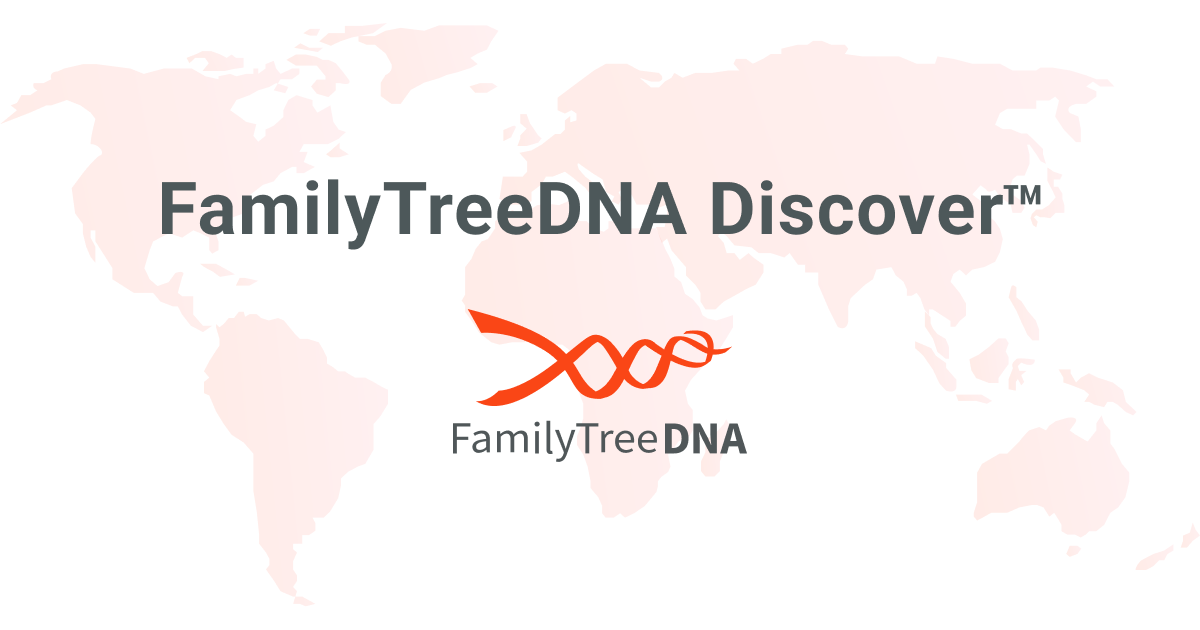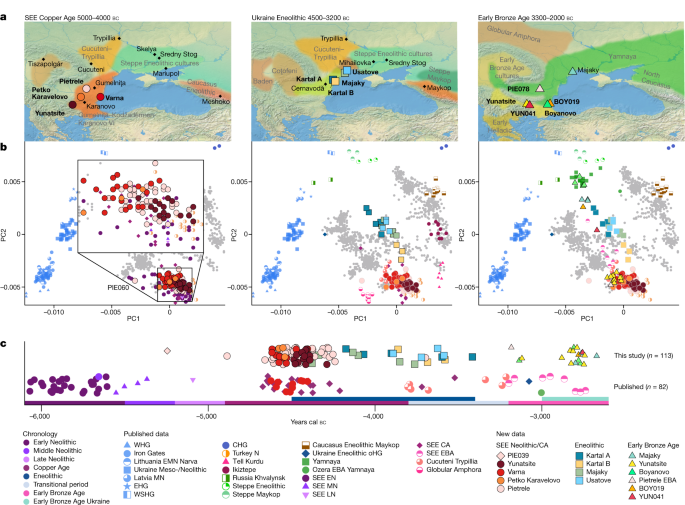According to the ancient written sources, the Bastarnae, by the end of the third century inhabiting the area north of the Danube confluence, first came to the Central Balkans in 179 BC.
The I2a branches that exist in the Balkans cannot be part of these migrations because they are not yet born in southeastern Poland. Older branches may be and part of Bastarnes in the area of eastern Ukraine, but this has nothing to do with the source of the I2a branch in southeastern Poland.
When the Bastarnae settled area of the northern shore of the lower Danube in the third century BC, the I-Y3120 mutation that is, a common TMRCA ancestor was not yet born. When it was born, it was in the area of southeastern Poland, not in eastern Ukraine.
The first book to provide a rigorous and comprehensive view of the linguistic divisions of early Europe, Asia Minor, Northern India, and Chinese Turkestan. The unifying topic "Ancient Indo-European Dialects" was chosen with a view to utilizing to best advantage the many competences of the...
www.google.hr
"The importance of the Bastarnae to the history of the lower Danube should not be doubted, as their existence was noted by sources dating from the third century B.C. to the fourth century A.D. Indeed, they are found to be present in nearly all the central historical events which receive detailed treatment by the sources, both north and south of the Danube."
On Getic and Sarmatian Shores: Ovid's Account of the Danube Lands
R. M. Batty






